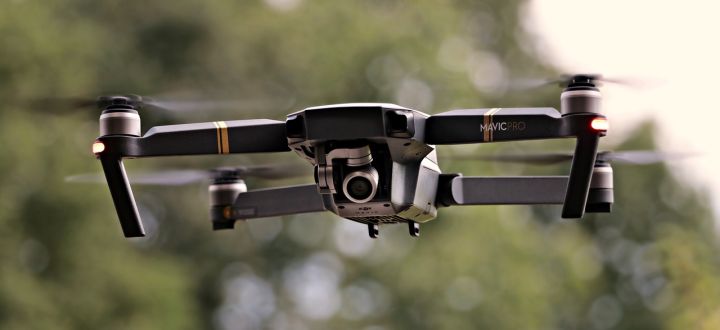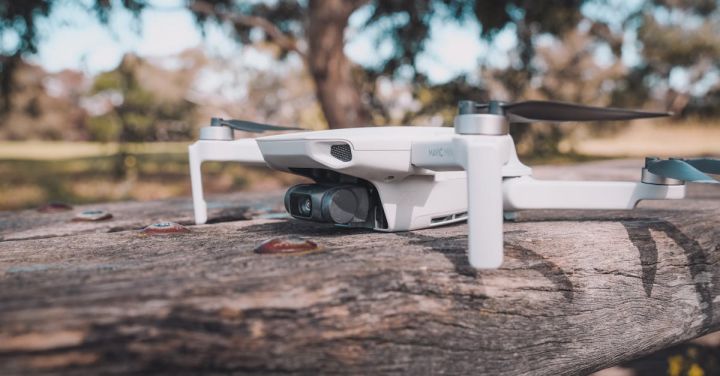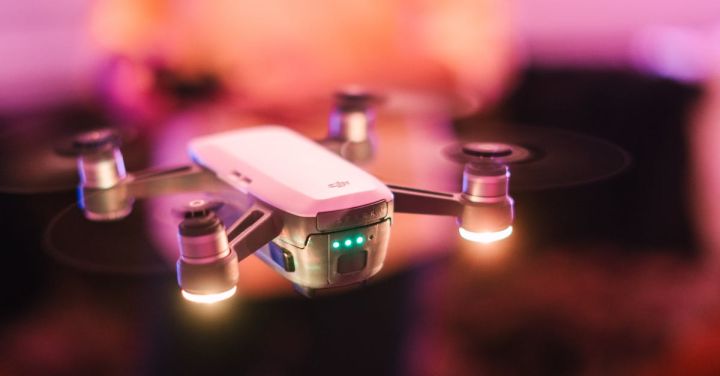Why Do Rc Airplanes Use Different Frequencies?
In the world of RC airplanes, one question that often arises is why these flying machines use different frequencies. It may seem like a simple matter, but understanding the reasons behind it can shed light on the intricacies of radio control technology. From avoiding interference to maximizing performance, the use of different frequencies plays a crucial role in the smooth operation of RC airplanes. In this article, we will delve into the various factors that necessitate the use of different frequencies in RC airplanes.
Avoiding Interference
One of the primary reasons for using different frequencies in RC airplanes is to avoid interference. When multiple airplanes are flying in close proximity to each other, their radio signals can overlap and cause interference. This interference can lead to loss of control and potentially dangerous situations. By using different frequencies, RC pilots can minimize the risk of interference and ensure the safe operation of their airplanes.
Maximizing Range
Another important factor that drives the use of different frequencies in RC airplanes is to maximize the range. Flying an RC airplane requires a reliable and stable radio connection between the transmitter and receiver. Different frequencies have different characteristics when it comes to range and signal penetration. By selecting the appropriate frequency, RC pilots can ensure that their airplanes can fly at a comfortable distance without losing control.
Utilizing Available Channels
RC airplanes operate within specific frequency bands, which are divided into channels. Each channel represents a unique frequency that can be used by RC pilots. By using different frequencies, RC pilots can take advantage of the available channels and avoid overcrowding on a single frequency. This allows for more pilots to fly simultaneously without interfering with each other’s signals.
Preventing Signal Cross-Talk
Signal cross-talk is a phenomenon that occurs when two or more RC airplanes are using the same frequency. When this happens, the radio signals from one airplane can interfere with the signals of another, resulting in erratic behavior and loss of control. By using different frequencies, RC pilots can prevent signal cross-talk and ensure that their airplanes respond accurately to their commands.
Enhancing Performance
Different frequencies also offer opportunities to enhance the performance of RC airplanes. Some frequencies may provide better signal strength and range, while others may offer improved resistance to interference. By experimenting with different frequencies, RC pilots can fine-tune their airplanes to achieve optimal performance for their specific needs and flying conditions.
Conclusion: The Importance of Different Frequencies in RC Airplanes
In conclusion, the use of different frequencies in RC airplanes is essential for several reasons. It helps avoid interference, maximize range, utilize available channels, prevent signal cross-talk, and enhance performance. By understanding the importance of different frequencies, RC pilots can ensure the safe and efficient operation of their airplanes. Whether you are a seasoned RC enthusiast or a novice pilot, knowing how frequencies play a role in RC airplane technology is crucial for a successful and enjoyable flying experience. So next time you see an RC airplane flying gracefully in the sky, remember that its use of a specific frequency is what allows it to soar with precision and control.







